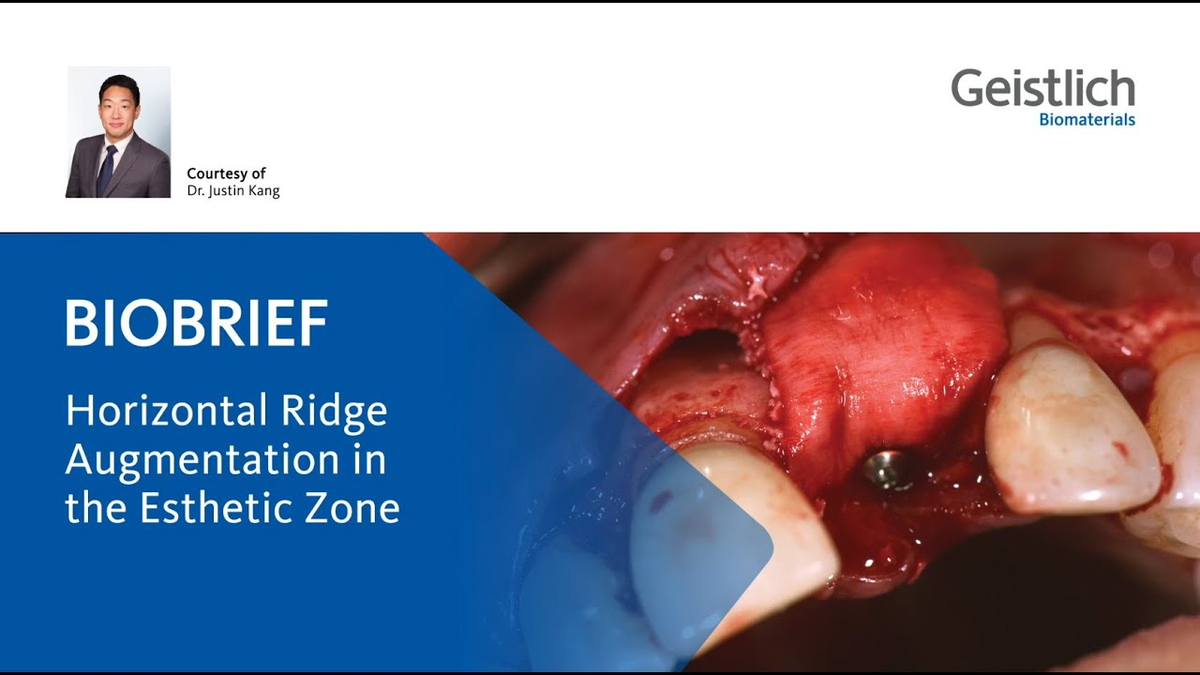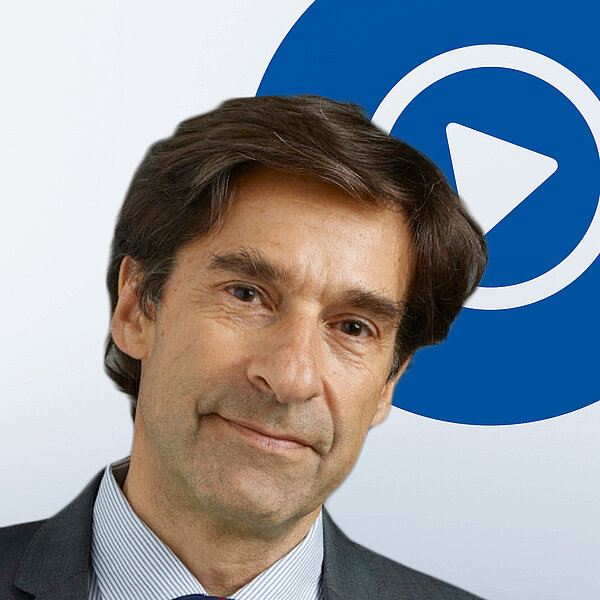
Horizontal ridge augmentation in the esthetic zone
BioBrief - 2-Stage Implant Placement
The Situation
An adult female patient presented with a long history of edentulism at site #9. The patient was interested in replacing her missing tooth with a dental implant, and was wearing a Nesbit appliance. The irritation from the ill-fitting Nesbit appliance resulted in irregular and friable soft-tissue at site #9.
Pre-operative CBCT demonstrated a hard-tissue concavity apical to the crest of the bone. The primary goal of therapy was to regain horizontal dimension of hard and soft tissue to achieve prosthetically-driven placement of a dental implant to replace the patient‘s left central incisor.
The Approach
The treatment goal was to regain the horizontal dimension of hard and soft tissue through Guided Bone Regeneration. In coordination with the restoring dentist, a diagnostic wax up was completed to determine the ideal tooth position and to regain mutually protected occlusion on the patient’s left side. The combination of Geistlich Bio-Oss® and autologous bone chips was used along with Geistlich Bio-Gide® to regenerate the horizontal dimension for prosthetically-driven implant placement.
The Outcome
Adequate hard and soft-tissue architecture was restored with the use of Geistlich Bio-Oss® and Geistlich Bio-Gide® for predictable, prosthetically-driven implant placement. The combination of Geistlich Bio-Oss® and autologous bone chips provides the best chance for regeneration while maintaining the hard and soft tissue contours.
Keys to Success
- Identifying and understanding the esthetic needs of the patient.
- Prosthetically-driven surgical therapy based on ideal tooth position.
- Incision and flap design to provide adequate blood supply to the graft.
- Adequate release of the mucogingival flap for primary closure.
- Harvesting of autologous bone chips using the Geistlich SafeScraper Twist.
- Stabilization of Geistlich Bio-Gide® using fixation pins and sutures.







